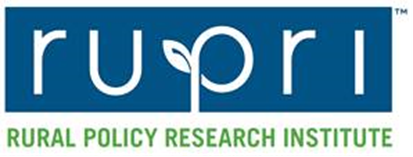With over 22 million jobs wiped out so far during the COVID-19 pandemic, WalletHub today released its report on the Cities with the Biggest Growth in Unemployment Due to COVID-19, along with accompanying videos.
In order to identify where workers have been most affected by the coronavirus pandemic, WalletHub compared 180 cities based on how their unemployment rate has changed over time. We compared unemployment during the latest month for which we have data (March 2020) to March 2019 and January 2020 in order to see the difference from the beginning of the year and from last year. Below, you can see highlights from the report, along with a WalletHub Q&A.
|
Most Affected Cities |
|
| 1. Seattle, WA | 11. Reno, NV |
| 2. Hialeah, FL | 12. Dover, DE |
| 3. North Las Vegas, NV | 13. Orlando, FL |
| 4. Miami, FL | 14. Port St. Lucie, FL |
| 5. Henderson, NV | 15. Salt Lake City, UT |
| 6. Las Vegas, NV | 16. Long Beach, CA |
| 7. Aurora, CO | 17. Santa Clarita, CA |
| 8. Denver, CO | 18. Los Angeles, CA |
| 9. Cleveland, OH | 19. Chicago, IL |
| 10. Colorado Springs, CO | 20. Fort Lauderdale, FL |
To view the full report and your city’s rank, please visit: https://wallethub.com/edu/cities-with-the-biggest-growth-in-unemployment-due-to-covid-19/73647/


